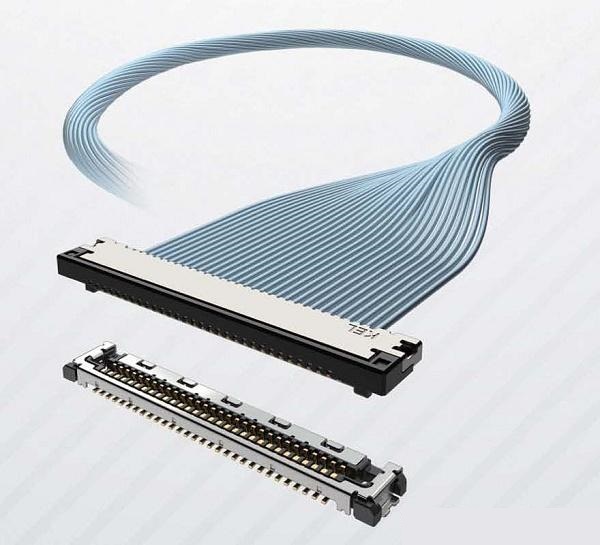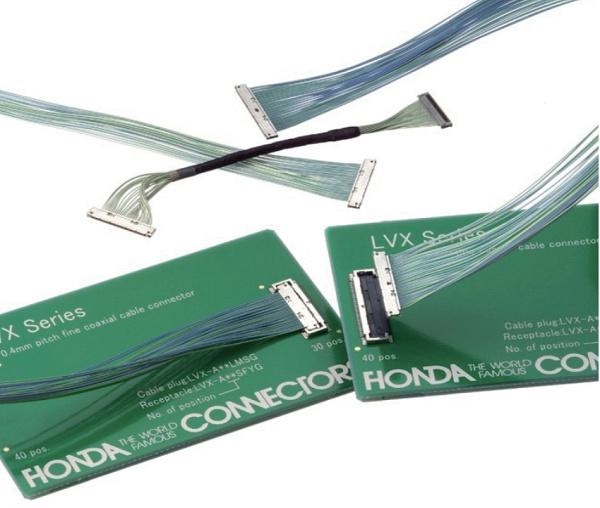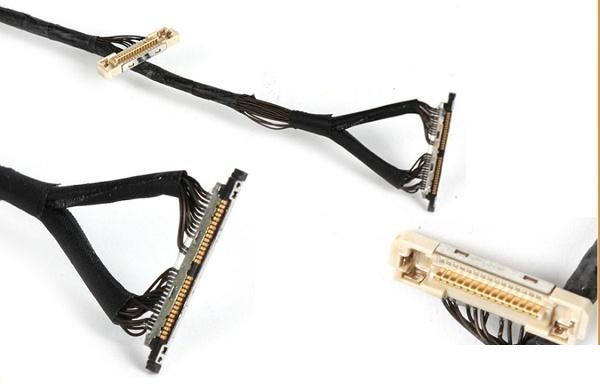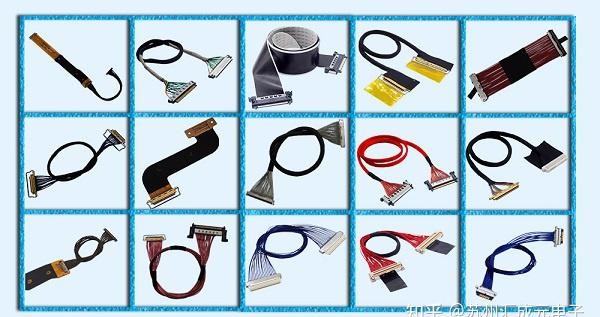Categorization:Harness Component
In millimeter-wave radar systems, signal frequencies are typically as high as 30GHz to 300GHz, which makes the transmission medium extremely strict in terms of signal integrity, loss, and stability. At this point, ultra-thin coaxial cables (micro coaxial cable)凭借their small space occupancy, precise structure, and stable transmission, have become a key interconnection solution in millimeter-wave radar systems. Below, we will explore several major roles it plays in this context.
Ultra-low insertion loss, ensuring high-frequency signal integrity
Millimeter wave signals have high frequency and rapid attenuation, making loss control in cables particularly demanding. Ultra-fine coaxial cables using low dielectric constant materials and high-precision shielding structures can significantly reduce insertion loss and reflection loss, thus maintaining clear signal waveforms in the high-frequency band. This is of decisive significance for improving the radar's detection range and target recognition accuracy.
Excellent phase stability and temperature adaptability
Millimeter-wave radar is often used in complex environments such as vehicles and drones, where temperature changes can directly affect signal phase consistency. Ultra-fine coaxial cables made of high-performance dielectric materials (such as those with phase compensation or phase tracking characteristics) can maintain stable phase and amplitude over a wide temperature range, ensuring precise beam direction control of the radar array and avoiding signal drift.
Section 3: Advantages of Miniaturization and High-Density Wiring
For vehicle-mounted, drone, and security radar systems, volume and weight control are extremely important. Micro coaxial cables typically have a diameter of only 0.3mm to 0.5mm, making it easy to adapt to compact space wiring. When paired with high-density connectors, they can achieve multi-channel high-speed transmission within a limited volume, ensuring structural lightweighting while also enhancing the integration and installation flexibility of radar arrays.
Four, innovative process interface and structural design
In millimeter-wave devices, it is often necessary to convert coaxial signals into microstrip signals on the circuit board. Traditional conversion structures tend to produce reflections at high frequencies. To address this issue, a new "vertical coaxial to microstrip" transition structure has emerged. The design achieves extremely low return loss and insertion loss by optimizing the thickness of the ceramic substrate and the contact geometry, allowing millimeter-wave signals to enter PCB microstrip circuits efficiently and reducing system interference.
In summary, ultra-fine coaxial cables not only meet the requirements of millimeter-wave radar systems for high frequency, low loss, and phase stability, but also demonstrate unique advantages in miniaturization and structural innovation. With the rapid popularization of millimeter-wave radar in the fields of automotive, industrial, and security, micro coaxial cable is undoubtedly going to become an important connection foundation for high-performance radar systems.
I amSuzhou HuichengyuanLong-term focus on the design and customization of high-speed signal cable harnesses and ultra-fine coaxial cable harnesses, committed to providing customers with stable and reliable high-speed interconnection solutions. If you have any related needs or would like to learn more, please contact:Manager Yin 18913280527 (WeChat same number)。